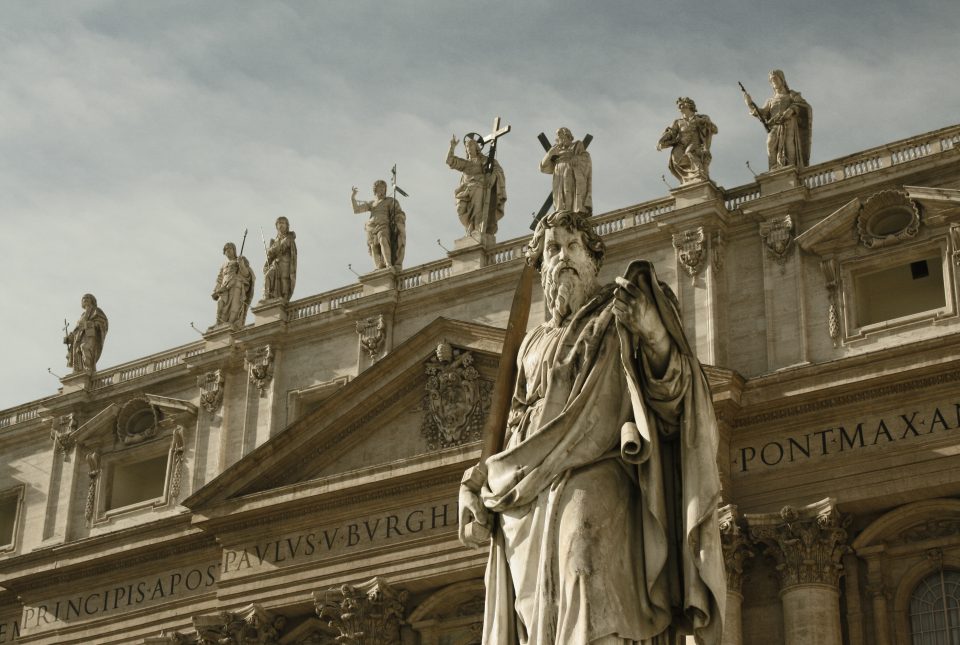By Father Thomas Petri, O.P., Catholic Exchange, Dec. 16, 2024
Father Thomas Petri, O.P., S.T.D. is the President of the Dominican House of Studies in Washington, D.C. He holds a doctorate in moral theology from the Catholic University of America.
 National Catholic Register, Dec 16, 2024 / 06:00 am – “O come, O come, Emmanuel, and ransom captive Israel, that mourns in lonely exile here until the Son of God appear. Rejoice! Rejoice! Emmanuel shall come to you, O Israel!”
National Catholic Register, Dec 16, 2024 / 06:00 am – “O come, O come, Emmanuel, and ransom captive Israel, that mourns in lonely exile here until the Son of God appear. Rejoice! Rejoice! Emmanuel shall come to you, O Israel!”
This favored Christmas carol is no carol at all. It’s a hymn for the season of Advent — the liturgical season that is about so much more than simply preparing for Christmas.
During these short four weeks, the Church has historically focused on Our Lord Jesus Christ as the fulfillment of all prophecy and human yearning as she anticipates not only the celebration of his incarnation at Christmas but also as she waits in hope for his glorious return at the end of time.
The verses of “O Come, O Come, Emmanuel” are taken from seven ancient antiphons that the Church has used in her evening prayer liturgy since well before the ninth century. Every year, from Dec. 17 to Dec. 23, the Church’s liturgy enters a more intense and proximate preparation for Christ’s coming at Christmas. This shift is noticeable in the readings at Mass during these days but also in the Church’s Liturgy of the Hours, specifically at evening prayer. Every evening during that week, the Church prays one of what have become known as the great “O Antiphons” before reciting Our Lady’s “Magnificat” canticle. …








